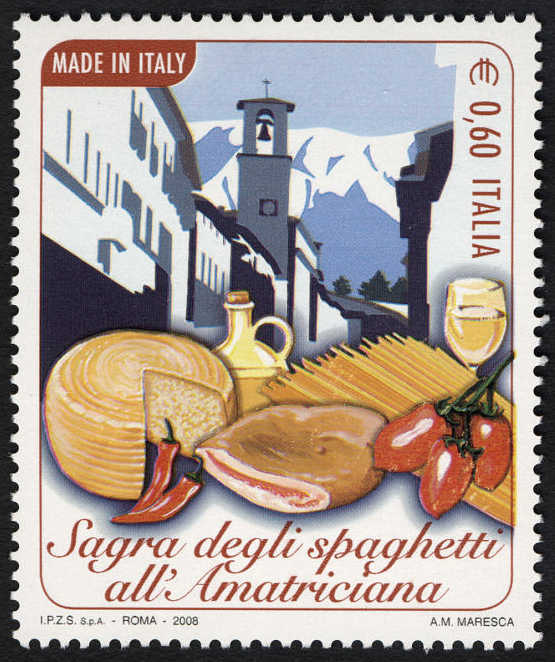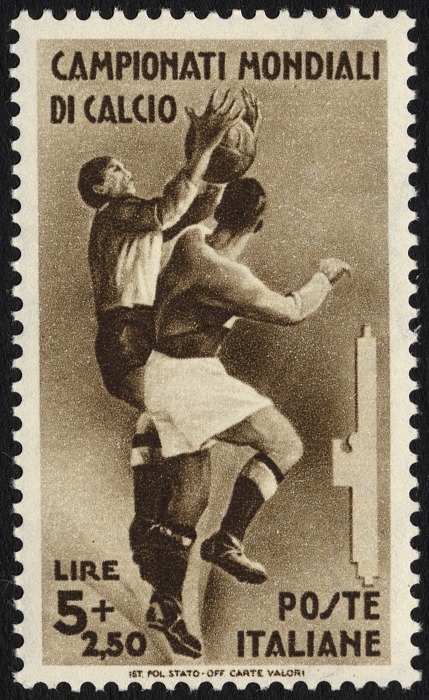Stamps issued: 1862-PRESENT

Italy was the center of the Roman Empire, which until the 5th century ruled southern and western Europe, North Africa and much of the Middle East. After the collapse of Rome, Italy was ruled by a succession of foreign powers: Ostrogoths, Lombards, Franks, Arabs, Normans, Germans, Spanish, Byzantines and French. By 1815, the country was roughly divided into several spheres: the Sardinian kingdom, which ruled the island of Sardinia and northwestern Italy; the Lombardo-Venetian Kingdom, which was ruled by Austria, in the north; the Papal States, which controlled the central portion of the peninsula; and the Kingdom of the Two Sicilies in the south. During the 19th century, Italian nationalism grew in strength, and there was increasing sentiment for unification. During 1859-61, nationalist uprisings deposed local rulers and united most of Italy with Sardinia. On March 17, 1861, the united Kingdom of Italy was proclaimed under the House of Savoy.



